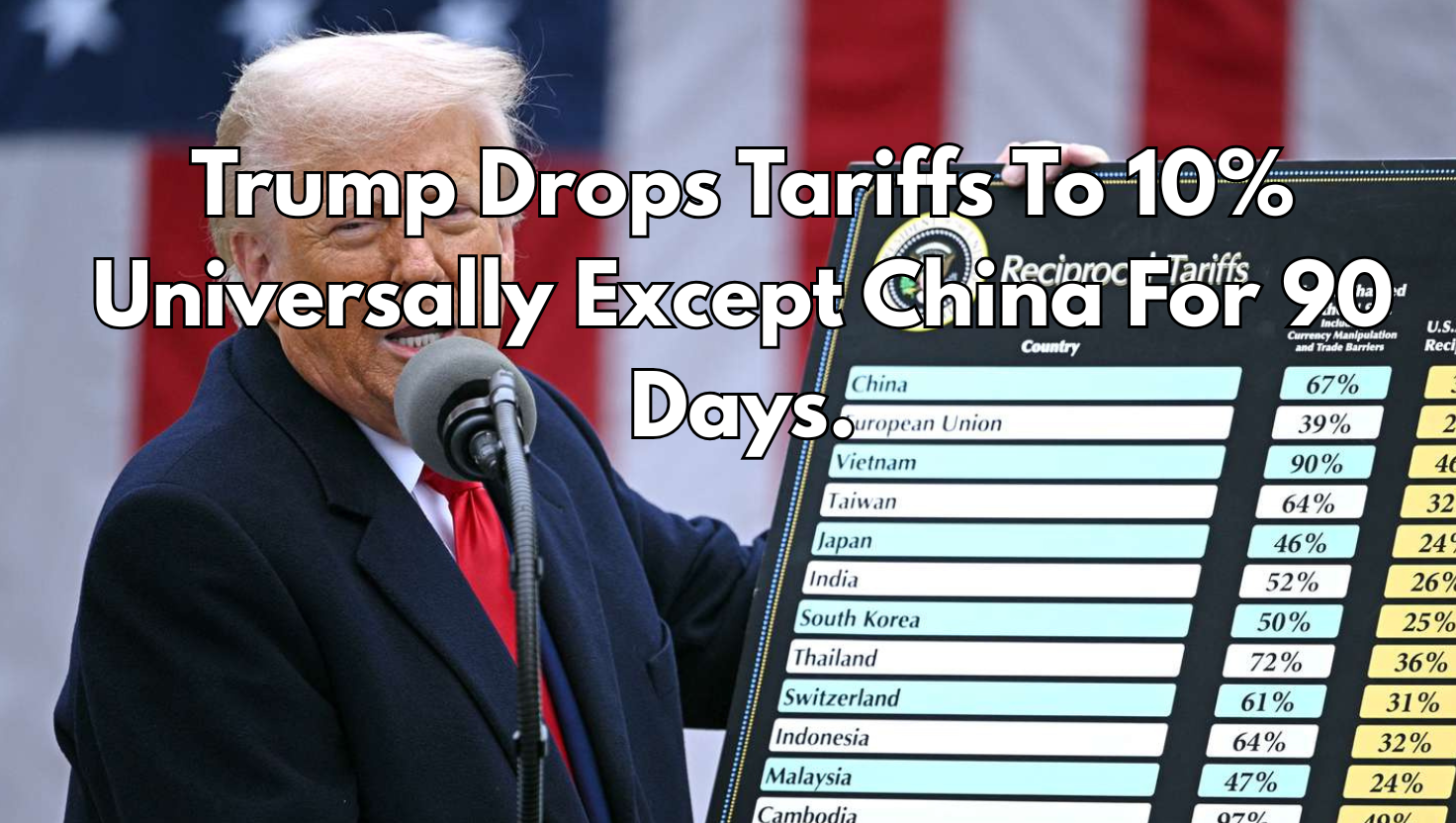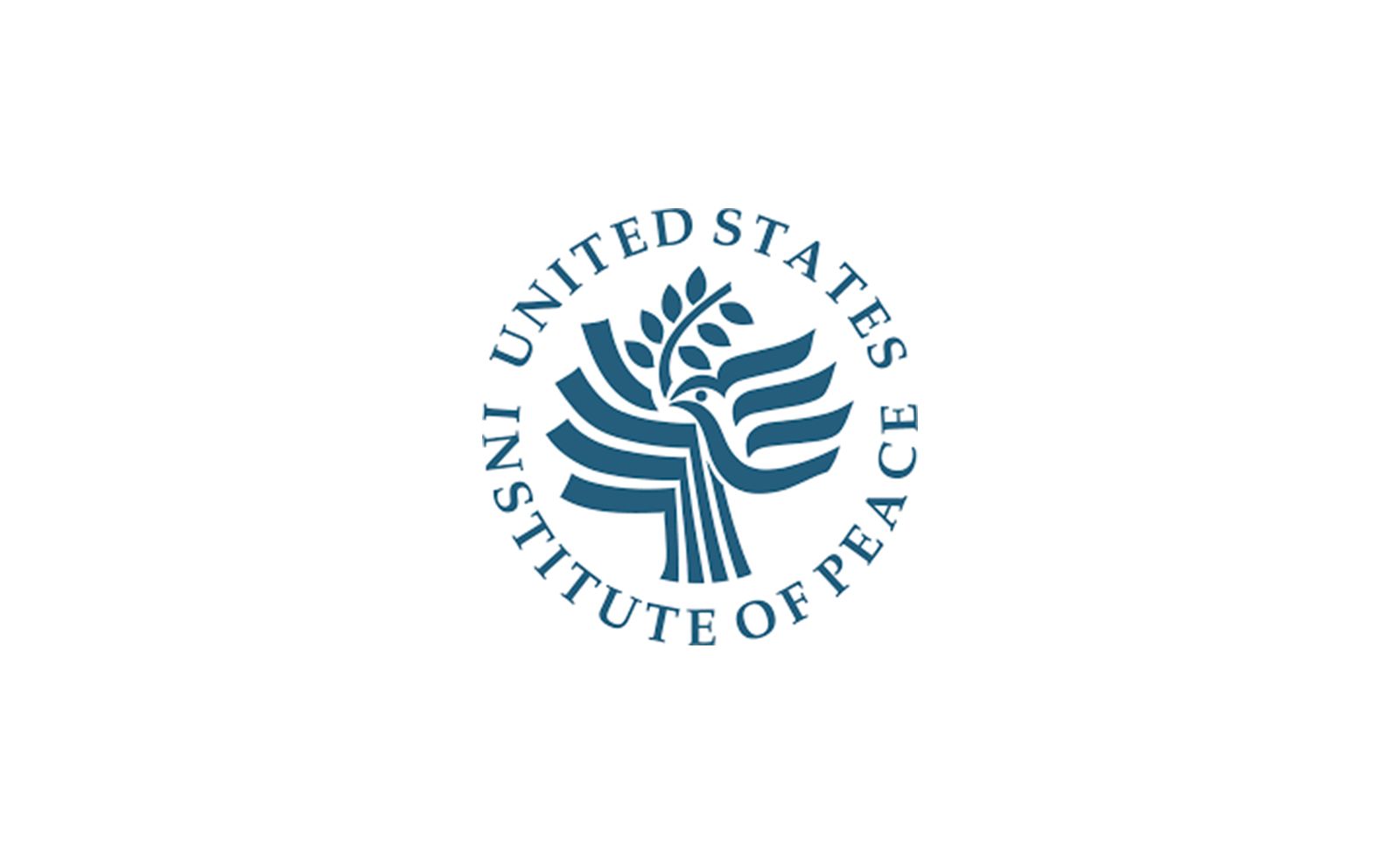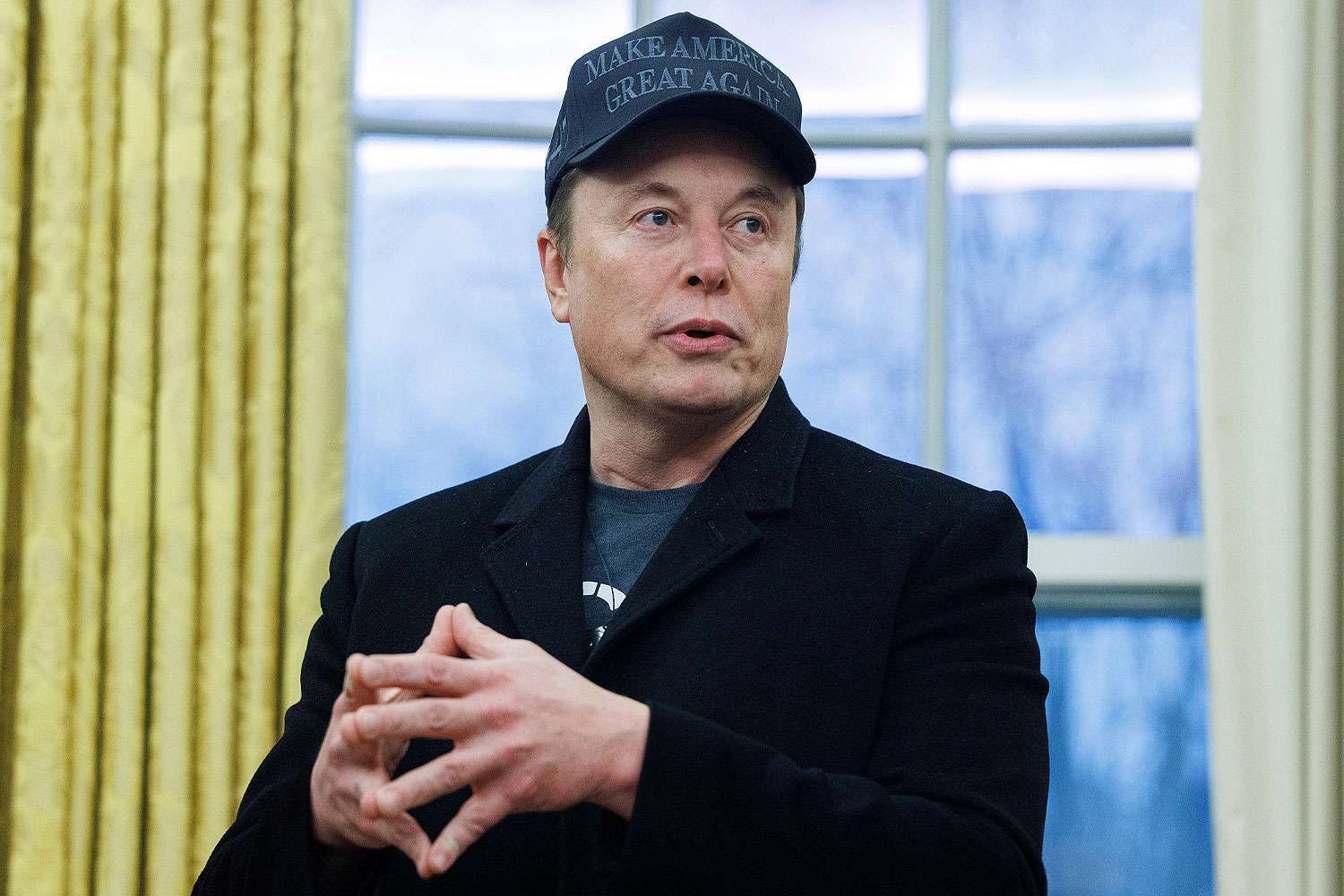Contact Us
objective-wire.org
Trump Plans To Visit Western North Carolina Friday then la
President Donald Trump is set to visit Western North Carolina cities, including Asheville
Mr. Trump's schedule for the day will likely include a series of meetings with local leaders, business owners, and members of the community. These engagements are designed to address local concerns, particularly those affecting the economy and job market in the region. WNC is freezing curently and the aid was at the end of its rope before Trump came into office.
Following his visit to North Carolina, Mr. Trump plans to shift focus to the ongoing wildfire crisis in Los Angeles.
What will Trump be Doing in WNC on Friday during his visit
Economic development, one of his long-standing priorities, will be at the forefront.
North Carolina, being a hub for manufacturing and agriculture, plays a crucial role in the region’s economy. Trump may emphasize his administration's efforts to bolster these industries, highlighting past initiatives such as tax reforms and deregulation aimed at fostering job growth and investment in the area.
Additionally, infrastructure improvements could be a significant talking point, as rural communities in Western North Carolina often face challenges related to transportation and broadband connectivity. By addressing the need for modern infrastructure, Trump may seek to reassure residents of his commitment to enhancing their quality of life and economic prospects.
FEMA and Red Cross running out of Aid in dead of winter
In response to disasters like Hurricane Helene in Western North Carolina (WNC), both FEMA (Federal Emergency Management Agency) and the American Red Cross have played crucial roles in providing assistance:

FEMA Assistance ($750 dollars and withholding aid) Thus Far
- Individual Assistance (IA): FEMA offers direct financial aid to individuals and families for serious needs, including temporary lodging, basic home repairs, and personal property loss. Homeowners and renters in various counties of WNC, such as Buncombe, Haywood, Henderson, and several others, were eligible to apply for this assistance. Applications could be made online via disasterassistance.gov, through the FEMA app, or by calling the FEMA helpline.
- Housing and Recovery Support: FEMA provided over $108 million in housing and other types of assistance to over 82,000 households in WNC. This included the Transitional Sheltering Assistance (TSA) program, where FEMA directly paid for hotel rooms for those unable to return home immediately after the disaster.
- Disaster Recovery Centers (DRCs): FEMA established DRCs across WNC to help survivors apply for aid, navigate the appeals process, and connect with other resources. These centers were staffed with personnel from FEMA and the U.S. Small Business Administration, providing in-person support.
- Commodity Distribution: FEMA was involved in distributing essential supplies like food, water, and tarps to affected areas, often in coordination with state and voluntary organizations.
American Red Cross Thus Far Assistance:
- Shelter and Feeding: The Red Cross has been instrumental in setting up and managing shelters, providing food, water, and other basic necessities. They conducted mobile feeding in impacted areas and worked with multi-agency task forces to coordinate these efforts.
- Emergency Supplies: They engaged in targeted distribution of emergency supplies, particularly in low-income areas with significant residential damage, ensuring those in need received crucial items like hygiene kits and clean-up supplies.
- Volunteer Support: The Red Cross mobilized hundreds of trained disaster workers to assist in relief operations, including shelter operations and the distribution of aid, showing a significant presence in disaster response.
- Community Support: Beyond immediate relief, the Red Cross has been involved in community recovery, helping with clean-up efforts and providing emotional and spiritual care to survivors.
Both organizations coordinated their efforts with local, state, and federal partners and under last admin where terrible. There have been criticisms regarding the effectiveness and speed of FEMA's response, with some social media posts indicating dissatisfaction with the level of support provided compared to other regions or disasters.
There have been many problems with the response so far including the fact that federal agents were with holding aid, and kicking people out of hotels in the DEAD OF WINTER. As someone who went to school (App State University) in this area, we pray that Trump helps these people in freezing temps who have lost their entire homes.
- Staff
I am humbly pleading for assistance with preventing people in our community from freezing or starving to death.
by u/MissPotatoPeel in asheville





"Trump plans to visit Helene-ravaged Western NC as part of first trips of second term." aol.com, 21. Jan. 2025, https://www.aol.com/trump-plans-visit-helene-ravaged-175144447.html. Accessed 22. Jan 2025.
"President Trump to visit WNC on Friday to assess post-Helene recovery efforts." fox28savannah.com, 21. Jan. 2025, https://fox28savannah.com/news/nation-world/president-donald-trump-visit-western-north-carolina-new-york-post-friday-assess-post-hurricane-helene-recovery-efforts-four-months-later. Accessed 22. Jan 2025.
"Trump to visit western North Carolina in first week back in office." wral.com, 21. Jan. 2025, https://www.wral.com/story/trump-to-visit-western-north-carolina-in-first-week-back-in-office/21819045/. Accessed 22. Jan 2025.
share this
STAY UP TO DATE
GET Objective LATEST
Receive Objective Media Updates, and get a heads up on the reality we love.
Contact Us

